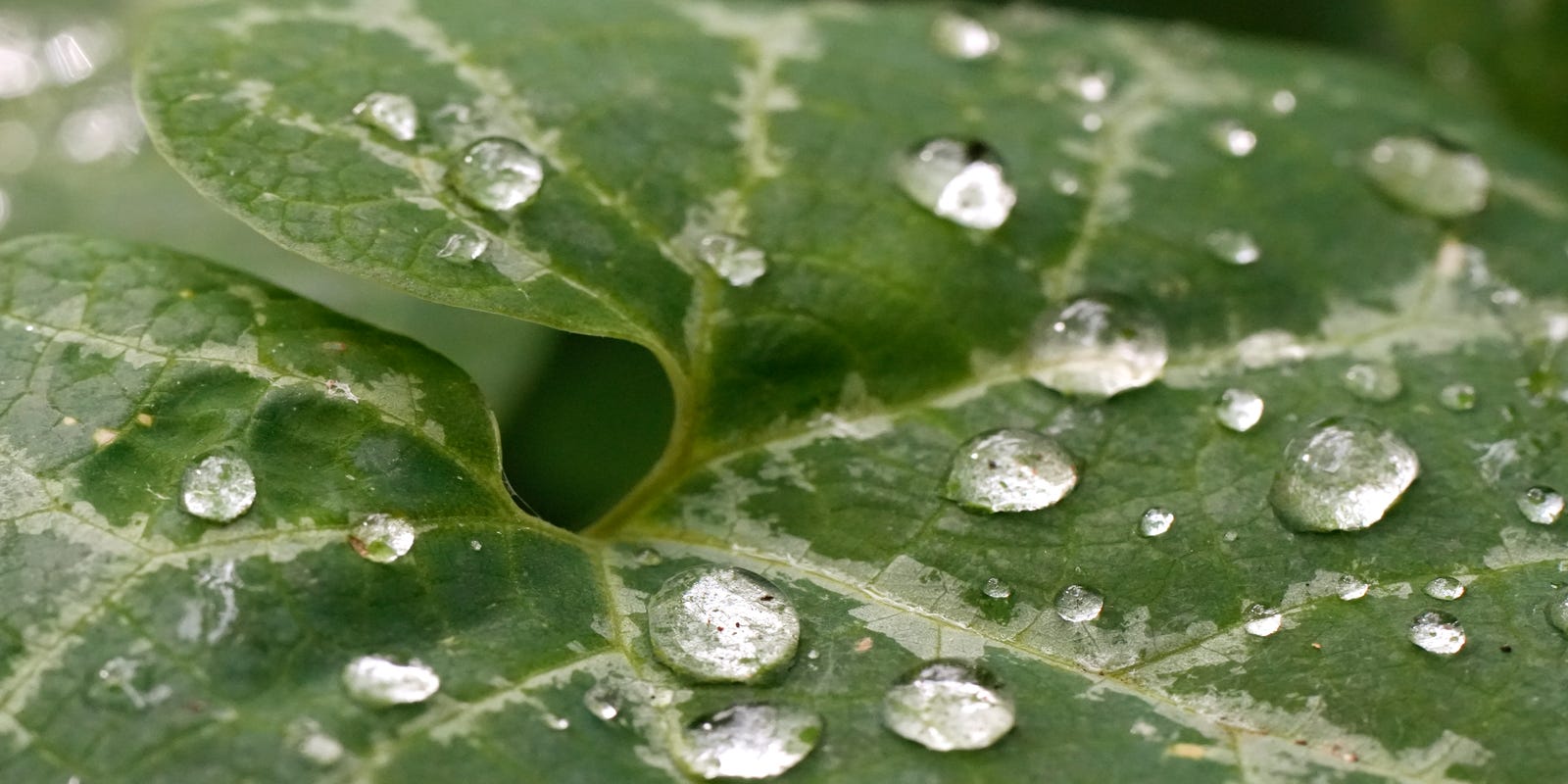Petrichor Unveiled: The Mysterious Aroma of Oklahoma's Stormy Symphony

Ever wondered why the air seems to have a distinct, earthy fragrance during a rainstorm? While rain itself is odorless, the magical scent that fills the air is actually a complex interaction between raindrops and the environment. When rain first touches the ground, it releases a symphony of aromatic compounds from oils, bacteria, and minerals, creating the distinctive and refreshing smell we've come to associate with rainfall.
This unique atmospheric phenomenon, known as petrichor, occurs when raindrops land on dry surfaces, releasing trapped oils and microscopic organisms. The result is a rich, complex bouquet that tantalizes our senses and signals the arrival of nature's liquid blessing. So the next time you breathe in that unmistakable rain-soaked aroma, you'll understand the fascinating science behind this sensory experience.
